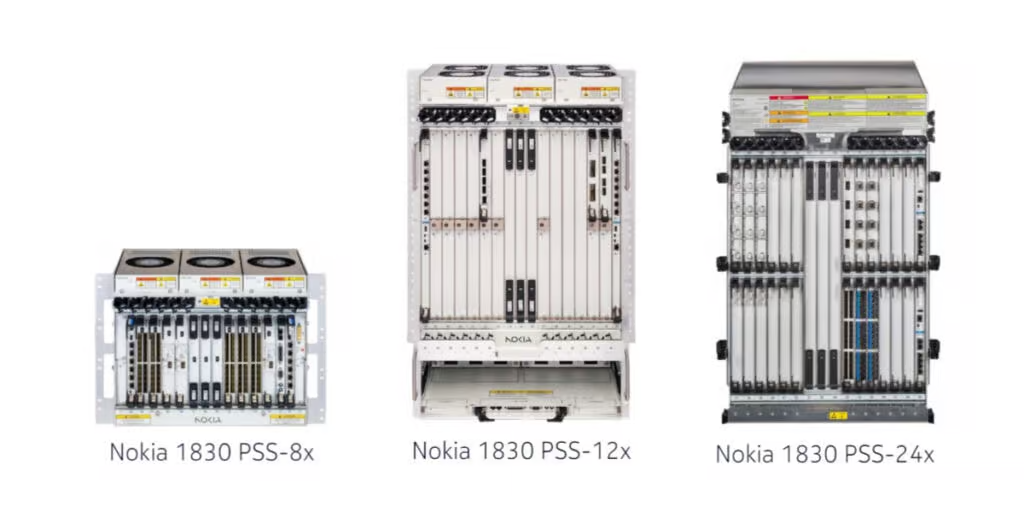In the rapidly evolving world of telecommunications, where data traffic continues to skyrocket, the demand for high-capacity, reliable, and efficient network infrastructure has never been more critical. Enter Coriant HiT products—a suite of optical transport solutions that have played a pivotal role in shaping the modern telecommunications landscape. This article delves into the history, significance, and impact of Coriant HiT products, tracing their evolution from inception to their lasting influence on the industry.
The Genesis of Coriant HiT Products
Coriant, as a company, emerged in 2013, but its roots trace back to several key industry players, including Siemens Optical Networks, Tellabs, and Sycamore Networks. These companies had already made significant contributions to the optical networking space. When Coriant was formed, it inherited a wealth of expertise and a portfolio of cutting-edge technology.
The HiT (Hybrid Intelligent Transport) series was one of Coriant’s flagship product lines, designed to meet the growing demand for high-capacity, scalable, and flexible optical transport networks. The HiT product line was built to address the challenges posed by the increasing complexity of modern networks, particularly as service providers sought to upgrade their infrastructure to support the explosion of data from mobile devices, video streaming, and cloud computing.
Key Milestones in HiT Product Development
- HiT 70xx Series: The Foundation of Success The HiT 70xx series was among the earliest and most successful products under the Coriant brand. Launched in the mid-2000s, this series quickly gained traction for its ability to support a wide range of applications, including metro, regional, and long-haul transport. The HiT 70xx series was designed with flexibility in mind, offering support for various optical interfaces, high-density packaging, and advanced network management capabilities. Its modular design allowed service providers to scale their networks efficiently while minimising capital expenditure.
- HiT 7100: Pioneering Packet-Optical Integration As the demand for more efficient data transport grew, Coriant introduced the HiT 7100 series, which brought packet-optical integration to the forefront. This series was designed to bridge the gap between traditional optical transport networks and modern packet-based services. By integrating Layer 2 and Layer 3 capabilities with optical transport, the HiT 7100 enabled service providers to offer more dynamic and flexible services, such as Ethernet and IP VPNs, while still leveraging the high-capacity and reliability of optical networks.
- HiT 7300: Scaling Up with DWDM Technology The HiT 7300 series marked a significant leap forward in optical transport technology. Introduced to address the growing need for high-capacity, long-haul networks, the HiT 7300 utilised Dense Wavelength Division Multiplexing (DWDM) technology to dramatically increase the amount of data that could be transmitted over a single optical fiber. With its advanced features, such as coherent detection and flexible grid support, the HiT 7300 allowed service providers to maximise the utilisation of their existing fiber infrastructure while preparing for future network demands.
- HiT 7500: The Advent of Software-Defined Networking As networks became more complex and dynamic, the need for greater programmability and automation led to the development of the HiT 7500 series. This series introduced software-defined networking (SDN) capabilities, allowing for more intelligent and automated network management. With the HiT 7500, service providers could dynamically allocate resources, optimise network performance, and reduce operational costs through advanced network analytics and real-time monitoring.
The Impact of Coriant HiT Products on the Industry
The Coriant HiT product line has had a profound impact on the telecommunications industry. By providing a range of solutions that address the diverse needs of service providers, from metro networks to global carriers, Coriant’s HiT products have helped to shape the evolution of modern optical transport networks.
- Driving Network Efficiency The modular design and flexible architecture of HiT products have enabled service providers to build more efficient and cost-effective networks. By supporting a wide range of interfaces and technologies, Coriant HiT solutions have allowed operators to make the most of their existing infrastructure while seamlessly integrating new services and technologies.
- Enabling Next-Generation Services The integration of packet and optical technologies in the HiT product line has been instrumental in enabling the delivery of next-generation services. Whether it’s high-speed internet, cloud services, or advanced enterprise connectivity solutions, Coriant HiT products have provided the foundation for these services to be delivered reliably and at scale.
- Facilitating Network Transformation As the telecommunications industry moves towards more automated and software-driven networks, the SDN capabilities introduced in the HiT 7500 series have positioned Coriant at the forefront of this transformation. These capabilities have empowered service providers to manage their networks more efficiently, respond to changing demands more quickly, and reduce operational complexity.
Legacy and Conclusion
Although Coriant as a standalone company was acquired by Infinera in 2018, the legacy of the HiT product line continues to influence the industry. The technology and innovations developed under the HiT brand have been integrated into Infinera’s broader portfolio, continuing to serve the evolving needs of service providers around the world.
The journey of Coriant HiT products is a testament to the relentless pursuit of innovation in the telecommunications industry. From the early days of optical transport to the current era of software-defined networking, Coriant HiT products have consistently delivered the performance, scalability, and flexibility needed to meet the ever-changing demands of the digital age. As we look to the future, the foundations laid by the HiT series will undoubtedly continue to shape the networks of tomorrow.

